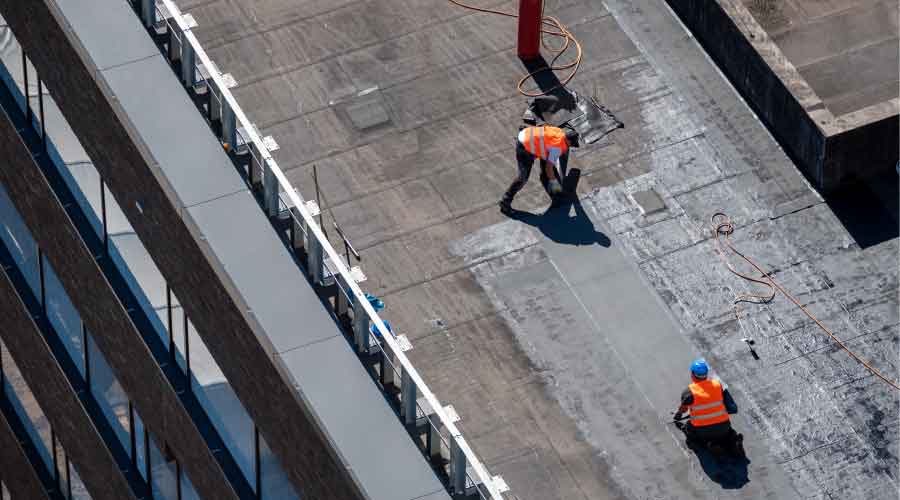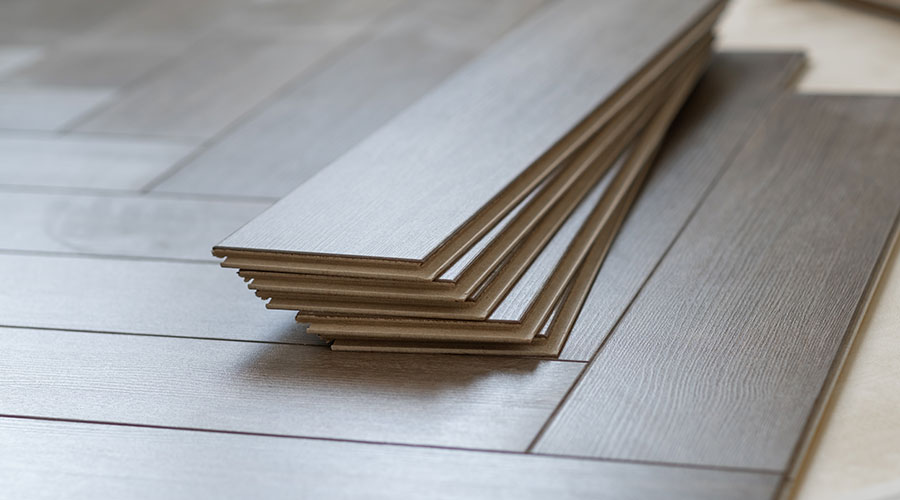How to Know When to Recover Vs Replace Your Roof
Recovering is about 25 percent less costly than replacement and offers a shorter warranty period.
Managers can choose from among many formulas to calculate the most appropriate decision at any stage in the life of a roof, but the decision also requires some judgement. For example, if a manager has decided to forego insulation testing, they assume a condition index of 100, but if the insulation actually does contain moisture, this assumption reduces the overall accuracy of the roof condition index.
Consider this example of the repair-recover-replace decision. Using a 20,000-square-foot TPO roof with a 15-year warranty and an age of 10 years, this roof warranty’s age index is 67, and one-third of its performance life remains. The repair cost will be the lowest cost option but will continue to increase as the roof ages. If the roof is original, managers have two other choices – recover or replace. Replacement costs and warranties depend on the type of roof covering and mils thickness.
Recovering is about 25 percent less costly than replacement and offers a shorter warranty period. This option avoids the cost of removing the old roof and disposing of it. If the roof already has been overlaid, recovering is not an option because the roof was not designed for the added weight of two overlays and most codes do not allow it.
The condition of the existing, original roof must be good to provide a proper base for an overlay, which will be unstable if the base is. Repair costs can be extremely high if the base is a leaky roofing system or ponding is occurring. Considering that a roof can support only one overlay and recovering offers a shorter warranty, this option costs less in the short term but more in the long term.
Replacing is the most expensive option but also the option that will yield the longest life cycle. If repairs are suddenly much higher, the best choice is to recover or replace. The logic is that repair costs from now on will be greater than the past repair costs, so it will be less costly over the life of the roof to overlay or replace the roof than continue repairing it.
The manager could decide to continue repairing the roof, but if this is an original roof, both the overlay and replacement are still options if the budget allows. Many years remain in this case before the added repairs reach the point where they approach the cost of an overlay or replacement.
In this case, the manager decided to continue to repair, starting with resealing it with a liquid coating to gain added use from the existing roof, and re-evaluate the roof’s condition and performance yearly until the need for replacement occurs.
Since the warranty years tend to be very conservative, a roof in good condition still might offer more years of service than the warranty years before major costs occur or distress threatens to damage assets. Vigilance is the price of success.
The best formula for a long roof life at optimum cost includes:
- using trained, experienced professionals
- inspecting and repairing damage after storms because intense winds can lift the membrane from the deck
- developing an annual preventive inspection and maintenance program
- keeping the roof clean
- inspecting and maintaining the roof twice a year using trained professionals
- overlaying or replacing toe roof before assets, including the roof deck, are endangered
- Determining if the current membrane is the most appropriate solution or if a more appropriate choice exists.
Thomas A. Westerkamp is a maintenance and engineering management consultant and president of the work management division of Westerkamp Group LLC.
Related Topics:













